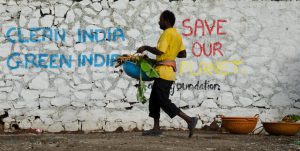“Many blisters as big as poha [an Indian rice dish] appear on my hands and feet when I come into contact with water during the flooding every year. The blisters break, bleed or produce pus, and are painful if anything touches them. I have to cook and do chores, and there is no way I can rest to avoid infection,” said Debi Pegu. Pegu, a member of the Mising indigenous community in her mid-30s, lives in a stilt house in Kulamua, a village on the banks of the Subansiri River in Majuli.
The district of Majuli in Assam is the world’s biggest river island. It is surrounded by the Brahmaputra river in the south and the Subansiri and Kherkutia Xuti in the north. The island has shrunk to 352 square kilometres from 880 square kilometres a hundred years ago because of land erosion from severe flooding.
As well as endangering the island’s future, floods pose a serious health risk to local communities, who struggle to access medical treatment.
Prone to flooding
Majuli’s population of 167,307 is spread across 247 villages. Until 2016, Majuli was part of the district of Jorhat.
A report on rainfall in Assam over the past 30 years, published by the IMD in 2020, shows that Jorhat receives on average 119 centimetres of rainfall between the monsoon season in June and September. During those four months it rains on average for 46-57 days, with between one and three days of heavy rain (rainfall of or exceeding 6.5 millimetres).
The rising of the Brahmaputra wreaks havoc on Majuli every year, especially in the outer areas where river banks with sandy soil are prone to flooding.
The majority of the island’s residents live in stilt houses made of bamboo that are 6-8 feet above ground. Families own boats or rafts made of banana trunks, which they use during floods to buy groceries or go to hospital.
![Every year, Debi Pegu, a Mising tribal from Kulamua village she gets skin infections during the monsoon every year but there are no healthcare facilities nearby [image by: Varsha Torgalkar]](https://dialogue.earth/content/uploads/2020/06/IMG_20200209_144711.jpg)
Pegu’s nearest primary or community health centre is 8 kilometres away in Garmur, in the centre of Majuli. Though a road was built recently, it gets flooded or muddy and villagers find it difficult to travel there.
Cyclone fears
Majuli’s inhabitants had anticipated that the heavy winds of Cyclone Amphan, which hit the states of Odisha and West Bengal on May 20, would affect them.
“Luckily for the residents of Majuli, the cyclone did not hit the island. There were light winds on the day the cyclone hit West Bengal and light but consistent rain for the next six day,” said Jadav Payeng, an environmental activist known as the ‘forest man of India’ because he planted over 550 hectares of trees in Assam. “It has not caused damage to lives or infrastructure. The cyclone was a reminder of the importance of improving the currently poor healthcare facilities.”
Monjit Risong, who runs a holiday resort in Majuli, said, “Rain for six days until May 27 caused a rise in the water level of the Brahmaputra and we were expecting floods. However, the rain did not cause inconvenience.”
Now they worry about the monsoon, which will definitely cause them problems.
Flood water causes skin infections
Pranjal Dutta, a dermatologist at Jorhat Medical College and Hospital, which provides healthcare to the district of Majuli, said, “We get many patients with skin allergies during flooding… bacterial infections are common and cause blisters and ulcers. [They] can be painful. They are contagious and affect populations with poor hygiene and sanitation. People in Majuli are poor and the area lacks adequate healthcare facilities and infrastructure.”
He added, “We get many patients with superficial fungal infections, dermatophytic, that are itchy. People’s habit of being bare foot and frequent exposure to damp soil and water make them prone to these. Eczema, a common allergic condition, occurs due to exposure to irritant substances during flooding like plants, dead animal debris, contaminated water, soil chemicals. It may also become chronic.”
Bipin Dhane, a graduate of the prestigious Indian Institute of Technology, who runs a school in Kulamua, said, “50% of people suffer skin infections during the rainy season and they come to us. Flood water flows from the Himalayas and many poisonous ingredients get mixed in the water. We are trying to get a physician who can hold a health check-up camp every week.”
Mamuni Bora, a widow who lives with her sister in the village of Dakhinpat, about 20 kilometres from Garmur, is a potter. She said, “The skin between my toes and fingers becomes infected during the rains. To walk to the doctor in the rain or mud adds to the burning [sensation] of the infected skin.”
Because Dakhinpat is on higher ground, the house Bora lives in is not on stilts. But she and her sister are exposed to mud, water and soil when they go outside.
Zuri Koita Dora, a farmer in her mid-30s, lives in the village of Manik Chapuri – 5 kilometres from Garmur. She said, “If we get skin infection or malaria, fever or diarrhoea we have to boat for 2-3 kilometres during the floods and walk through mud the remaining distance to Garmur, or just walk through mud if it is not flooding. The mud makes it impossible to ride a bike.”
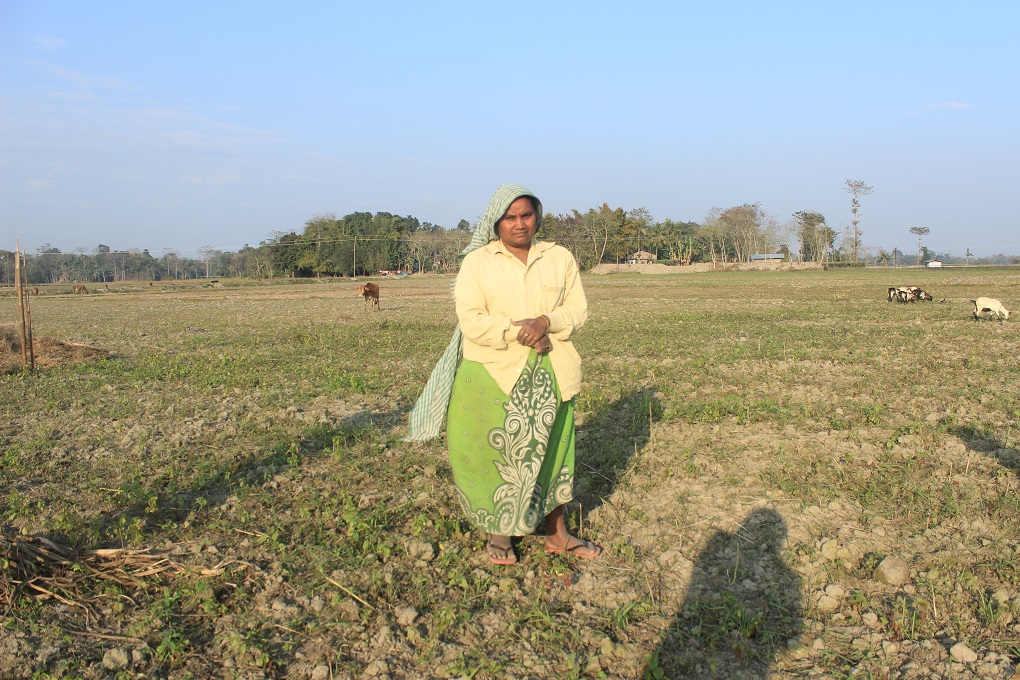
Inadequate healthcare facilities
A social worker, speaking on the condition of anonymity, said that the community health centre at Majuli is supposed to have specialist doctors but does not. While doctors at Jorhat hospital can treat patients via video call, she said that mobile networks rarely work during rainfall and flooding, and not everybody has a mobile phone.
A report in 2019 mapping healthcare facilities in Majuli found there are seven primary health centres (PHCs), 28 sub-centres and two community health centres (CHCs). There are no private hospitals.
Sub-centres link community health workers with PHCs. A PHC is the referral service for six sub-centres with between four and six beds, a medical officer and 14 paramedical staff. CHCs are 30-bed facilities with more specialised services and take patients from four PHCs.
Piramal Swasthya is a non-profit healthcare organisation that runs clinics across Majuli. Urmila Gogoi, project coordinator, said that half of the patients treated during flooding have skin infections. She said: “We run mobile or boat clinics to reach to patients, as travelling to clinics is difficult. People in islets or villages along the river banks find it difficult to contact us as mobile networks do not work during floods or heavy rain and many people don’t have mobiles.”
The Third Pole asked Utpal Doley, deputy commissioner of Majuli, to comment on the lack of healthcare facilities and difficulties people face during flooding. He said, “Thank you for pointing it out. We have begun to address this issue.”
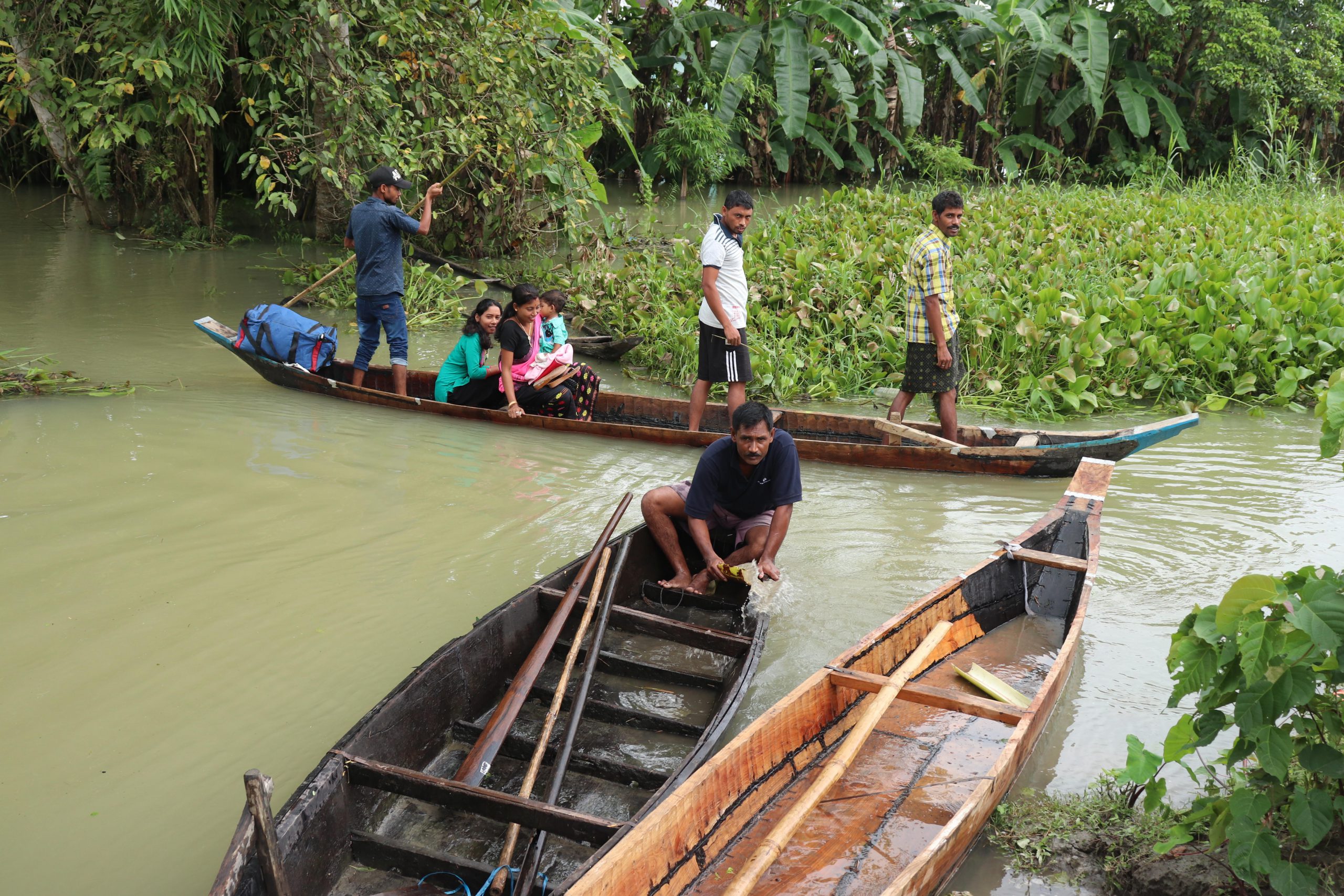
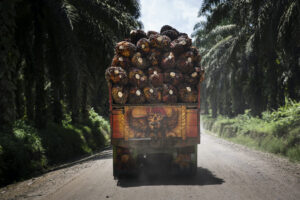
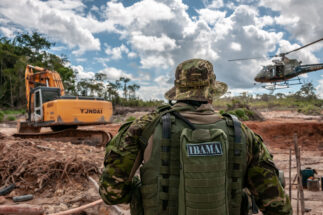
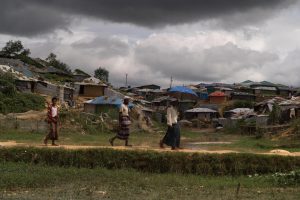
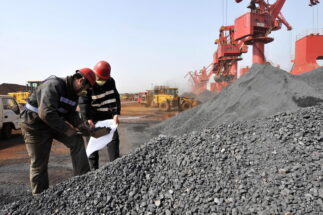
![There could be more muddy rain in the future, scientists say, as climate change makes wind patterns more erratic and unpredictable [Kathmandu image by: Alamy]](https://dialogue.earth/content/uploads/2020/06/Kathmandu-300x200.jpg)


